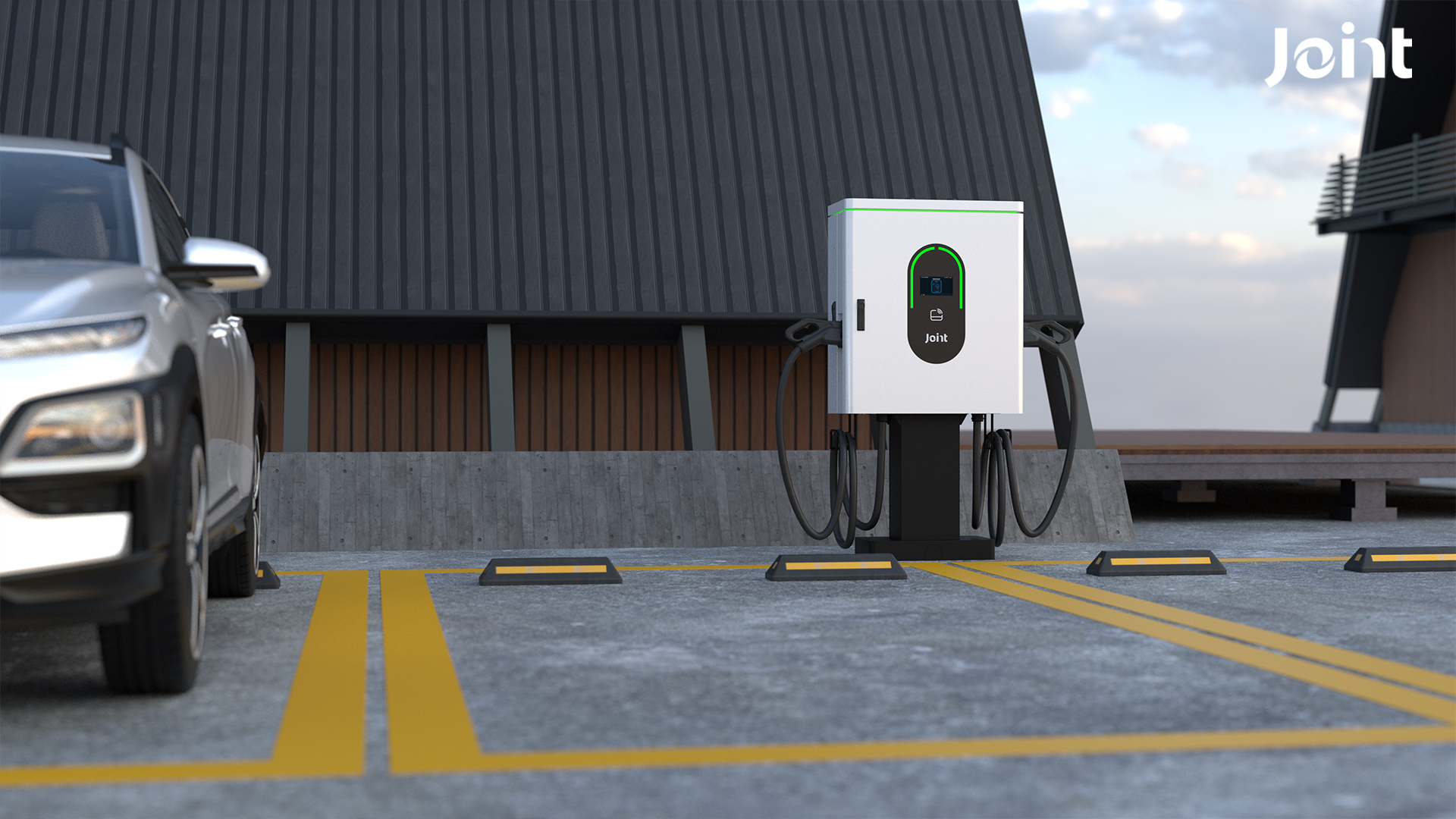
Why CTEP Compliance is Critical for Commercial EV Chargers
With the rapid growth of the global electric vehicle (EV) market, the development of charging infrastructure has become a major factor driving industry expansion. However, challenges around compatibility, safety, and standardization of charging equipment are increasingly limiting the interconnectivity of the global market.
Understanding CTEP Compliance: What It Means and Why It Matters
CTEP compliance ensures that EV charging equipment meets the necessary technical standards, safety regulations, and interoperability requirements for the target market.
Key aspects of CTEP compliance include:
1. Technical interoperability: Ensuring devices support common communication protocols like OCPP 1.6.
2. Safety certifications: Adhering to global or regional standards, such as GB/T (China) and CE (EU).
3. Design specifications: Following guidelines for charging stations and piles (e.g., TCAEE026-2020).
4. User experience compatibility: Adapting to various payment systems and interface requirements.
The Technical Need for CTEP Compliance
1.Technical Interoperability and OCPP Protocols
Global charging networks need to be able to work seamlessly across different brands and regions. The Open Charging Point Protocol (OCPP) acts as a common language in the industry, enabling charging stations from different manufacturers to integrate with centralized management systems. OCPP 1.6 allows for remote monitoring, troubleshooting, and payment integration, which reduces maintenance costs and improves efficiency for users. Without OCPP compliance, charging stations risk losing connectivity to public networks, severely limiting their competitiveness.
2. Mandatory Safety Standards
Safety regulations for charging equipment are becoming stricter in many countries. In China, for instance, the GB/T 39752-2021 standard specifies the electrical safety, fire resistance, and environmental adaptability of charging stations. In the EU, CE marking covers electromagnetic compatibility (EMC) and the Low Voltage Directive (LVD). Non-compliant equipment not only exposes companies to legal risks but also jeopardizes brand reputation due to safety concerns.
3. Design Specifications and Long-Term Reliability
Charging stations need to strike a balance between hardware durability and software scalability. The TCAEE026-2020 standard, for example, outlines the design and heat dissipation requirements to ensure that charging equipment can withstand extreme weather conditions. Additionally, hardware should be future-proof, capable of handling technology upgrades (e.g., higher power outputs) to avoid obsolescence.
CTEP Compliance and Market Access
1. Regional Regulatory Differences and Compliance Strategies
U.S. Market: Compliance with UL 2202 (safety standard for charging equipment) and local regulations, like California’s CTEP certification, is required. The U.S. Department of Energy plans to deploy 500,000 public charging stations by 2030, and only compliant equipment can participate in government-funded projects.
Europe: CE certification is the minimum requirement, but some countries (like Germany) also require TÜV safety testing.
Southeast Asia and the Middle East: Emerging markets typically reference international standards, such as IEC 61851, but localized adaptation (like high-temperature resilience) is critical.
2. Policy-Driven Market Opportunities
In China, the “Implementation Opinions on Further Enhancing the Service Guarantee Capability of Electric Vehicle Charging Infrastructure” clearly states that only nationally certified charging equipment can be connected to public networks. Similar policies in Europe and the U.S. encourage the adoption of compliant equipment through subsidies and tax incentives, while non-compliant manufacturers risk being excluded from the mainstream supply chain.
The Impact of CTEP Compliance on User Experience
1. Payment and System Compatibility
Seamless payment processes are a key user expectation. By supporting RFID cards, mobile apps, and cross-platform payments, the OCPP protocol addresses the payment integration challenges across multiple brands of charging stations. Charging stations without standardized payment systems risk losing customers due to poor user experience.
2. Interface Design and User Interaction
Charging station displays need to be visible under direct sunlight, in the rain, or snow, and provide real-time information on charging status, faults, and surrounding services (e.g., nearby restaurants). For example, Level 3 fast chargers use high-definition screens to enhance user engagement during charging downtime.
3. Failure Rates and Maintenance Efficiency
Compliant devices support remote diagnostics and over-the-air (OTA) upgrades, reducing on-site maintenance costs. OCPP-compliant chargers, for instance, are 40% more efficient in failure repairs compared to non-compliant units.
Conclusion
CTEP compliance is more than just a technical requirement—it’s a strategic necessity for commercial EV chargers competing in the global market. By adhering to OCPP, national standards, and design specifications, manufacturers can ensure their devices are safe, interoperable, and ready for long-term success. As policies become stricter and user expectations rise, compliance will increasingly become a defining factor in the industry, with only forward-thinking companies able to lead the way.
Post time: Feb-17-2025
